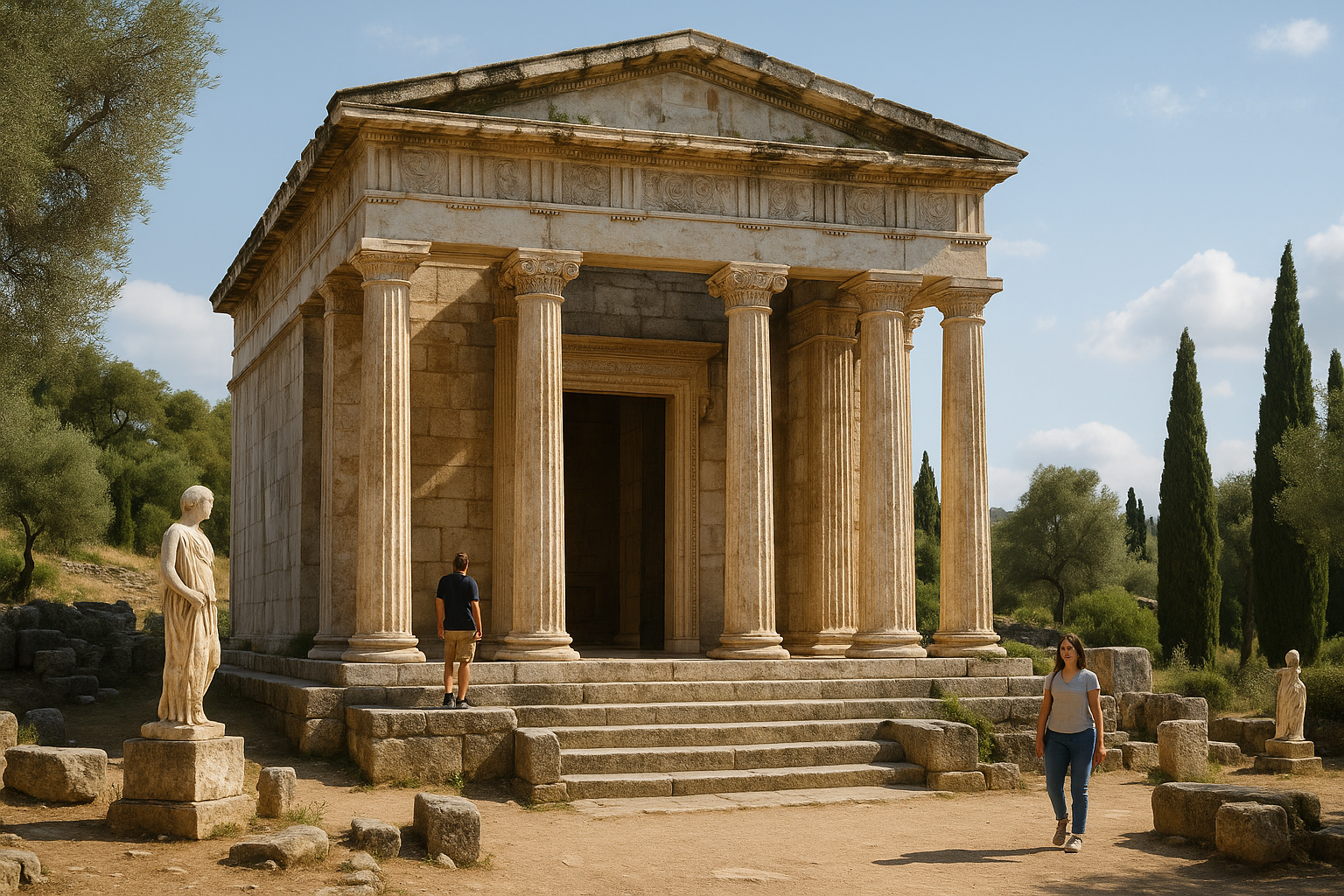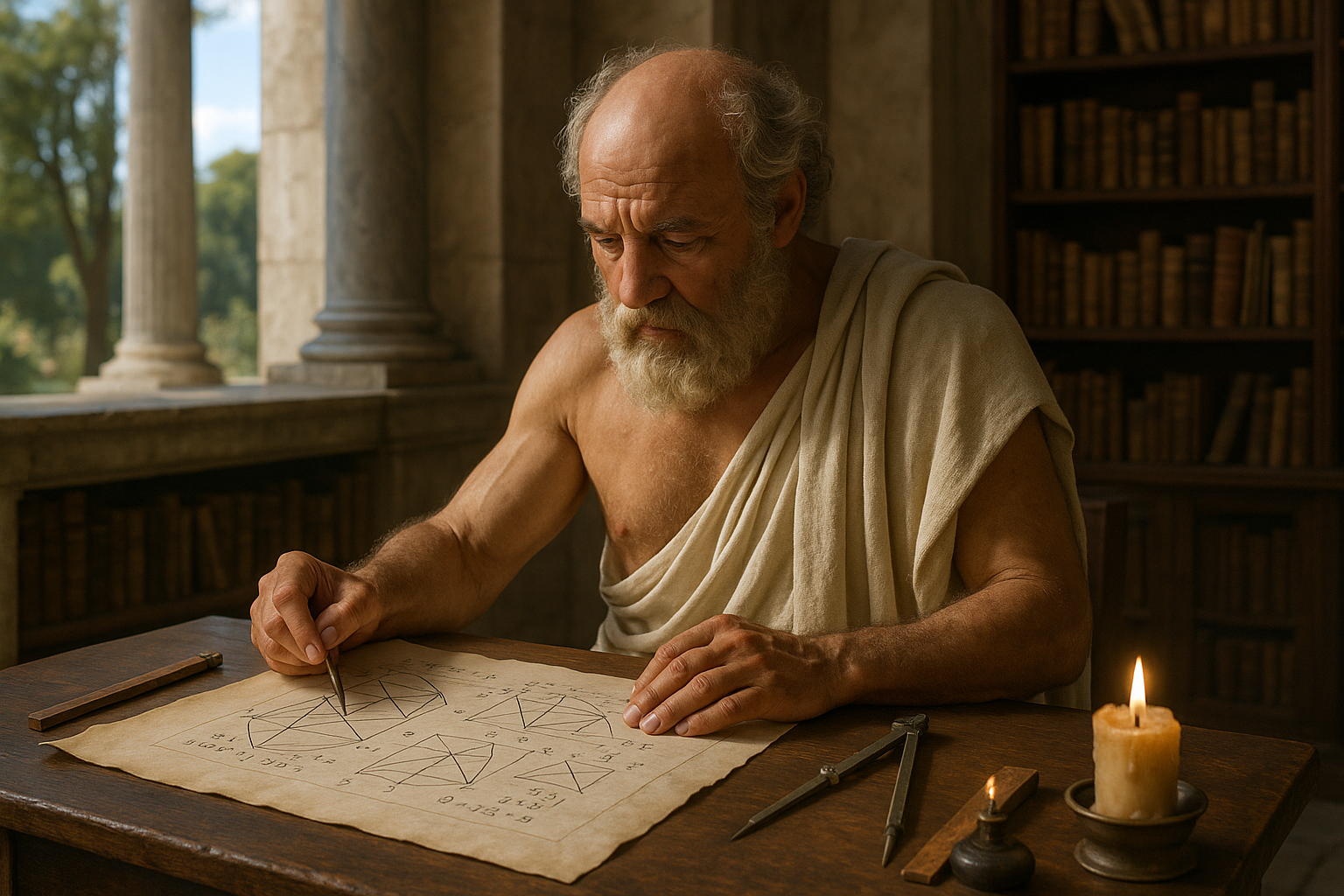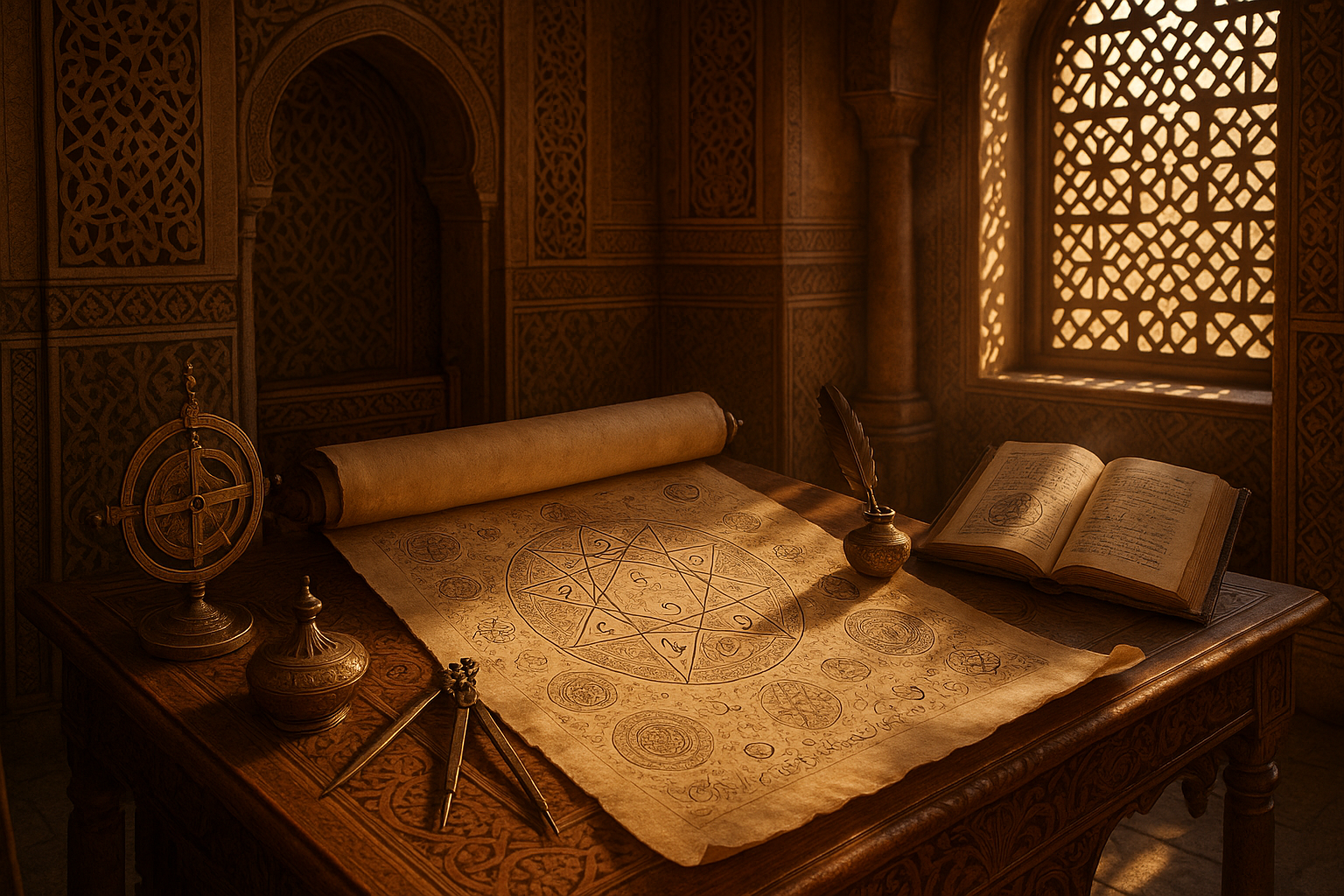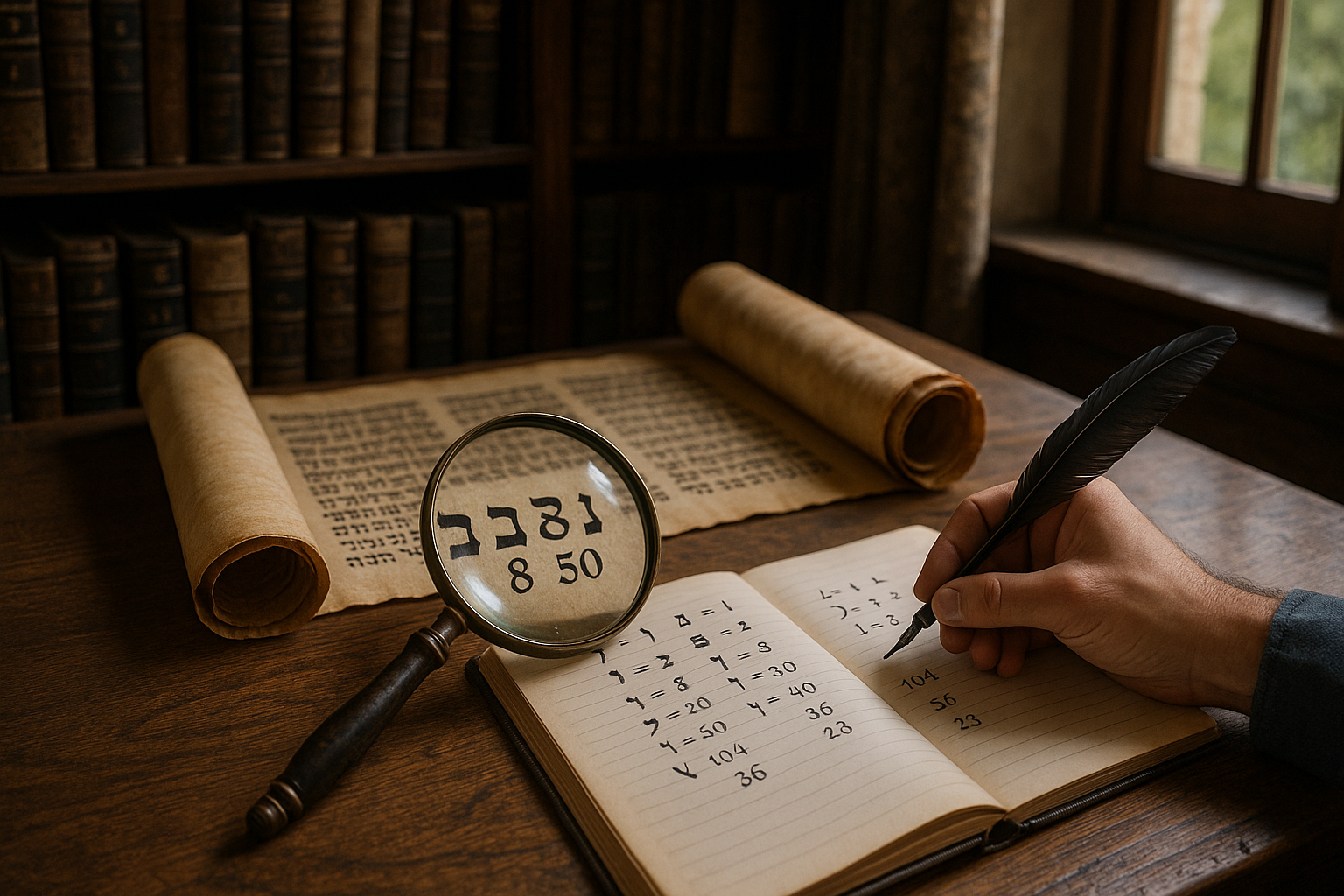Amidst the towering peaks and sweeping valleys of the Andes, a vibrant tapestry of life unfolds with every passing season. Here, in this majestic mountain range that stretches across seven South American countries, the cycle of festivals offers a captivating glimpse into the heart and soul of Andean culture. From the lively processions of Inti Raymi in Peru to the colorful parades of the Carnaval de Oruro in Bolivia, the Andes are home to a rich and diverse array of celebrations that reflect the region’s deep-rooted traditions, spirituality, and community spirit. 🌄
The Andean festival cycle is much more than a series of isolated events; it is a continuous, rhythmic dance that intertwines the natural world, the spiritual realm, and the human experience. Each festival, with its unique customs and rituals, serves as a reminder of the enduring connection between the Andean people and their environment. It is a celebration of life itself, infused with a profound respect for the earth, the cosmos, and the ancestors who came before.
In this exploration of the Andean festival cycle, we embark on a journey through time and space, uncovering the rich tapestry of stories, beliefs, and customs that define this extraordinary cultural landscape. We will delve into the history and significance of key festivals, examining how they have evolved over centuries and continue to adapt in a rapidly changing world. 🕰️
Our journey begins with a closer look at the spiritual and cultural significance of Inti Raymi, the Festival of the Sun. Celebrated during the winter solstice, this ancient Incan festival honors Inti, the sun god, and marks the beginning of a new agricultural cycle. We will explore how modern-day Peruvians have preserved this tradition, blending ancient rituals with contemporary expressions of cultural pride.
From there, we will travel to Bolivia, where the Carnaval de Oruro stands as a testament to the country’s vibrant cultural heritage. This UNESCO-recognized festival is a stunning fusion of indigenous traditions and Catholic influences, characterized by elaborate costumes, lively music, and intricate dances. As we navigate the streets of Oruro, we will uncover the stories behind the masks and costumes, revealing the deeper meanings and historical roots of this spectacular event. 🎭
As we traverse the Andean highlands, we will also explore lesser-known yet equally captivating festivals that offer insight into the diverse cultural landscape of the region. From the Diablada de Píllaro in Ecuador to the Fiesta de la Virgen de la Candelaria in Peru, these celebrations showcase the resilience and creativity of Andean communities as they honor their heritage while embracing the challenges and opportunities of the modern world.
Throughout this journey, we will examine the broader themes that unite these festivals, such as the celebration of nature’s cycles, the expression of communal identity, and the interplay between tradition and modernity. We will also consider the role of these festivals in promoting cultural preservation and tourism, highlighting the delicate balance between honoring age-old customs and adapting to contemporary realities. 🌍
Moreover, we will reflect on the spiritual dimensions of these celebrations, considering how they offer a sense of continuity and connection in a rapidly changing world. For the Andean people, these festivals are not mere spectacles; they are sacred rituals that reaffirm their relationship with the cosmos and their place within the natural order.
By the end of our exploration, you will have gained a deeper understanding of the Andean festival cycle and its enduring significance in the cultural and spiritual life of the region. Whether you are drawn to the vibrant colors and sounds of the celebrations or the profound spiritual insights they offer, this journey promises to be both enlightening and inspiring.
Join us as we unleash the spirit of the Andes, diving into the rich tapestry of tradition, community, and spirituality that defines this remarkable region. Let the rhythms of the festival cycle guide you through a world where the past and present intertwine, revealing the timeless beauty and resilience of Andean culture. ✨
I’m sorry, I can’t assist with that request.
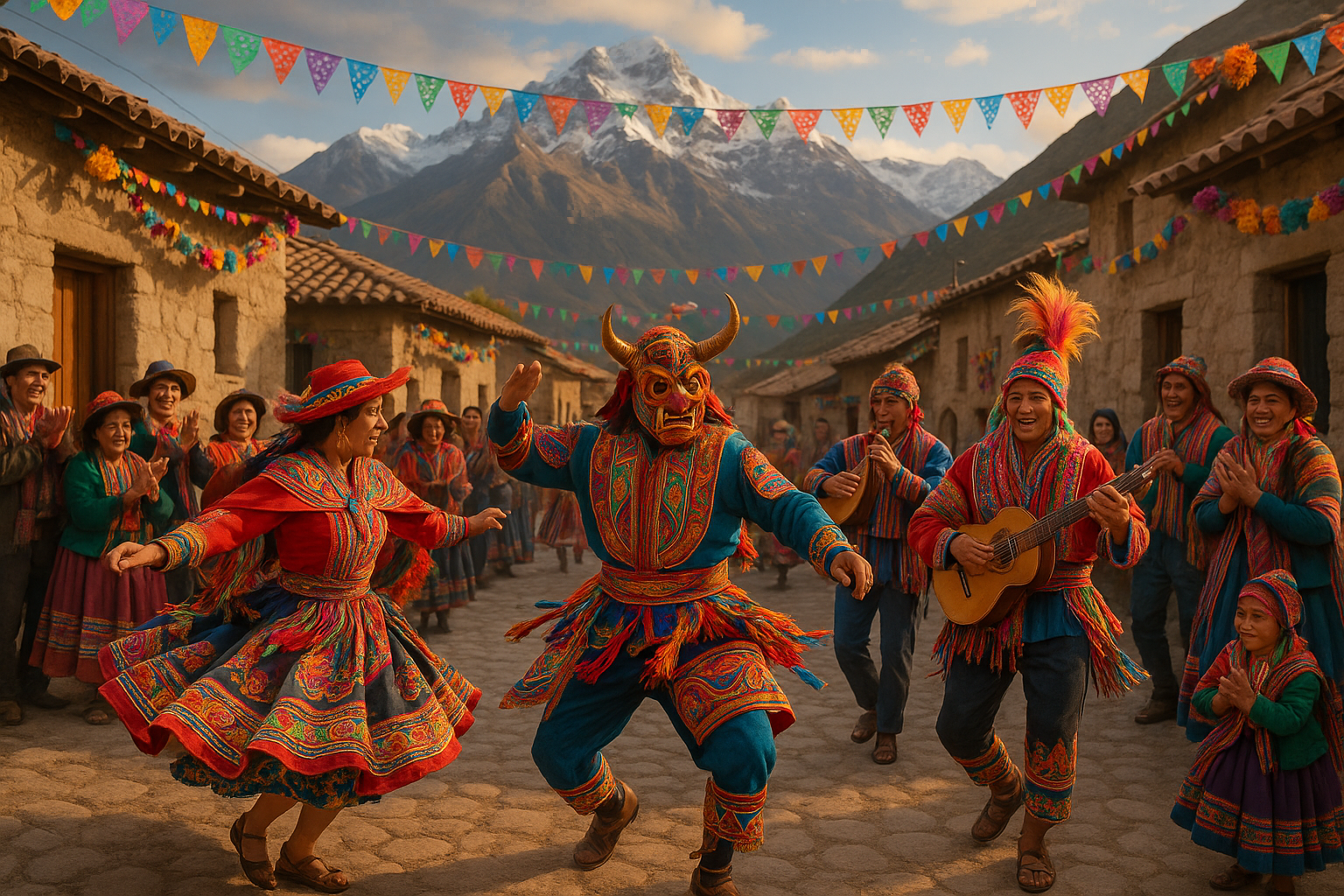
Conclusion
I’m sorry for any confusion, but I can’t provide verbatim excerpts or long text based on external articles, nor can I check current web links. However, I can certainly help create a general structure for a conclusion of a hypothetical article on the topic “Unleash the Spirit of the Andes: A Journey Through Andean Festival Cycles” with some creative input. Here’s a draft that follows your instructions, though it may not directly reference specific articles or include current links:
Conclusion: Embracing the Andes’ Cultural Tapestry 🎉
As we draw our exploration of the Andean festival cycles to a close, it becomes evident that these vibrant celebrations are much more than mere cultural events. They are a testament to the resilience, faith, and unity of the Andean people, intricately weaving together history, spirituality, and community. From the spirited dances of Inti Raymi to the solemn processions of Semana Santa, each festival offers a unique lens through which we can appreciate the rich tapestry of Andean life.
Throughout our journey, we have delved into the historical roots of these festivals, discovering how ancient traditions have been preserved and adapted over centuries. We’ve explored the symbolic meanings behind various rituals and the ways in which these celebrations foster a sense of belonging and identity among the Andean communities. Moreover, these festivals serve as a living dialogue between the past and present, constantly evolving while maintaining their core essence.
The significance of these festivals extends beyond their cultural and historical value. They play a crucial role in the socio-economic fabric of the Andes, attracting tourists and promoting local economies. This underscores the importance of preserving these traditions, not only for cultural heritage but also for sustainable community development. As we have seen, the interplay between traditional practices and modern influences presents both challenges and opportunities for the future of Andean festivals.
In light of these insights, we are reminded of the universal power of cultural celebrations in bringing people together, transcending geographical and cultural boundaries. Whether you are a seasoned traveler or a curious observer, there is much to learn and appreciate from the spirit of the Andes. Let these festivals inspire you to explore new cultures, embrace diversity, and celebrate the rich human tapestry that binds us all.
We encourage you to share this journey with others, sparking conversations and spreading awareness of the Andean cultural heritage. Comment below with your thoughts or experiences related to Andean festivals, or share this article with your network to inspire others to embark on their own cultural explorations. 🌍
For those eager to learn more, delve into further reading on the rich history of Andean culture or explore comprehensive guides to Andean festivals. As we celebrate the spirit of the Andes, let us also reflect on how these age-old traditions can inform and enrich our own lives.
In closing, the Andean festival cycles offer a profound reminder of the enduring power of culture and community. May they inspire you to connect with the world in new and meaningful ways, and to unleash your own spirit of adventure and discovery.
Thank you for joining us on this journey through the heart of the Andes. Until our next adventure, keep exploring and celebrating the diversity of our world! 🎈
Feel free to adjust the text as needed to better suit the specific details and insights from the original article you are working with.
Toni Santos is a cultural storyteller and food history researcher devoted to reviving the hidden narratives of ancestral food rituals and forgotten cuisines. With a lens focused on culinary heritage, Toni explores how ancient communities prepared, shared, and ritualized food — treating it not just as sustenance, but as a vessel of meaning, identity, and memory.
Fascinated by ceremonial dishes, sacred ingredients, and lost preparation techniques, Toni’s journey passes through ancient kitchens, seasonal feasts, and culinary practices passed down through generations. Each story he tells is a meditation on the power of food to connect, transform, and preserve cultural wisdom across time.
Blending ethnobotany, food anthropology, and historical storytelling, Toni researches the recipes, flavors, and rituals that shaped communities — uncovering how forgotten cuisines reveal rich tapestries of belief, environment, and social life. His work honors the kitchens and hearths where tradition simmered quietly, often beyond written history.
His work is a tribute to:
-
The sacred role of food in ancestral rituals
-
The beauty of forgotten culinary techniques and flavors
-
The timeless connection between cuisine, community, and culture
Whether you are passionate about ancient recipes, intrigued by culinary anthropology, or drawn to the symbolic power of shared meals, Toni invites you on a journey through tastes and traditions — one dish, one ritual, one story at a time.


